Photography has been a hobby of mine for many years, I turned it into a business for seventeen or so years, even teaching the art for a couple of years at night classes. I thought I might share some simple aspects of the art with you, and just some of the results. Here goes - In photography, "Bokeh" can be described as the aesthetic quality of the blur produced in the out-of-focus parts of an image and is produced and controlled by the lens. Also described as the way the lens highlights any out-of-focus points of light providing a fore or background of interest yet still enhancing the main subject matter.
OK, for any budding photographers, I will describe below how all this is achieved, for those who are not into photography, or simply don't really want to know, I hope you enjoy the pictures!
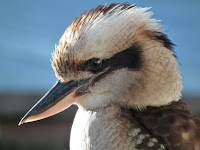 |
| Simple background but blurred |
 |
| Simplicity of lights out of focus |
Bokeh - defined as “the effect of a soft out-of-focus background that you get when shooting a subject, using a fast lens, at the widest aperture, such as f/2.8 or wider.” Simply then Bokeh is the pleasing or aesthetic quality of out-of-focus blur in a photograph.
Also known as Depth of Field it is simply the amount of the picture in focus. It is controlled by the aperture of the lens in the camera and can create some great effects and enhance your pictures.
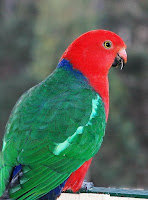 |
| Trees in background make a pattern |
 |
background light can
enhance your image |
If your camera has the ability to control the aperture try a few shots to create a more interesting image or to enhance the subject matter. If on the other hand your camera has a "portrait" and/or AV function, this will give you a reasonable level of control in this area, remember if using the AV function to set the aperture to the smallest figure (usually f2.8, 3.5 or 4.5). This method of reducing the amount of the picture in focus is also handy if your background (or for that matter foreground is not particularly pleasing, or you just simply want to blur it out.
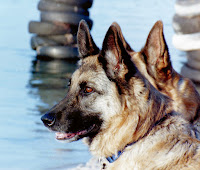 |
| No choice of background - use DOF |
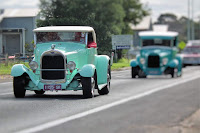 |
| Blurred background can highlight subject |
In achieving Bokeh, keep your aperture wide open, set your camera to AV mode (also known as Aperture Priority). This useful setting lets you choose the aperture and automatically sets the shutter speed for you. Be careful not to be fooled by an incorrect exposure to take your reading carefully or set the camera to "Spot Metering", and use the setting gained from your main subject. Focus in the same way on your main subject, then is necessary, hold the focus and re-frame your shot.
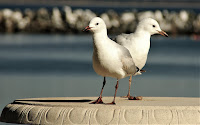 |
| Be careful of lighting, especially to rear |
 |
| Blur background to bring out subject |
Choosing the right background is vital. Although it’s fairly easy to blur a part of the scene with your lens, but it doesn’t necessarily guarantee your image will have good Bokeh. A plain background may not, and in most cases doesn't, make good Bokeh because there's just nothing much going on visually. If you look at high quality Bokeh shots, even with a blurry background, particular elements like light orbs or soft textures and patterns appear in the image.
 |
| Light background enhances darker subject |
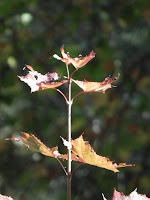 |
| Dark background highlights lighter subject |
Good locations/concepts are in urban locations with lights from buildings and street lights which provide interesting visual components for your background. Light reflecting on bodies of water such as ponds and lakes creates captivating effects as well. Patterns and colour and lighting changes can also provide a good Bokeh effect.
 |
| No choice of background |
What type of lens should you use? For beginners, a 50mm lens is the best choice and with its aperture opening up to f/1.8 or f/1.4. it will give you some great effects. Apart from the standard or ‘nifty fifty’ lens , you can also use telephoto lenses to create hazy backdrops.
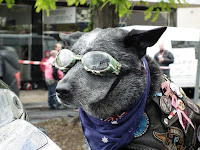 |
| Focus on main subject |
Lenses with longer focal lengths increase the Depth of Field (also DOF) even when the distance between the camera and the subject doesn't change. Coupled with a low f-stop (f/2.8 or lower), zooming into what you’re photographing with a telephoto increases blur significantly.
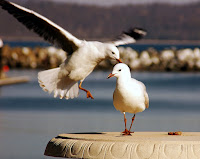 |
| Sometimes you get photobombed ! |
In short if you want to experiment with this great photographic effect follow these simple steps.
- Use the right lens
- Set your camera to AV or if not available Portrait mode
- Choose a good background
- Also consider a good foreground
- Focus on the subject
- Create some distance between the subject and the background
- Play around with colours
 |
| Long lens used in limited space |
 |
| Soft background pattern |
Enjoy your photography, it can be very relaxing and rewarding, even therapeutic!
Sources: Wikipedia















No comments:
Post a Comment